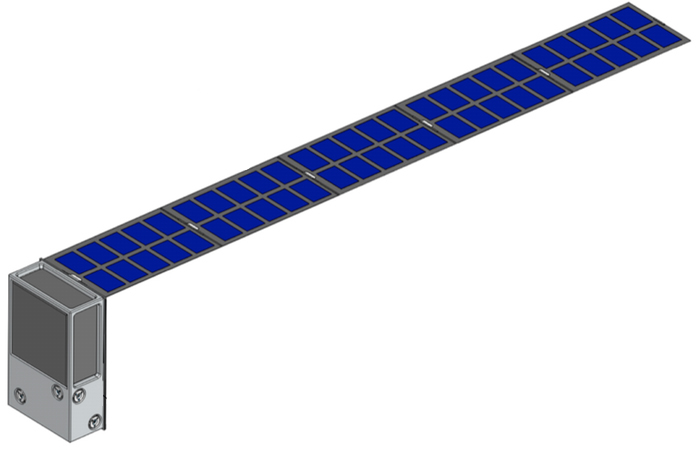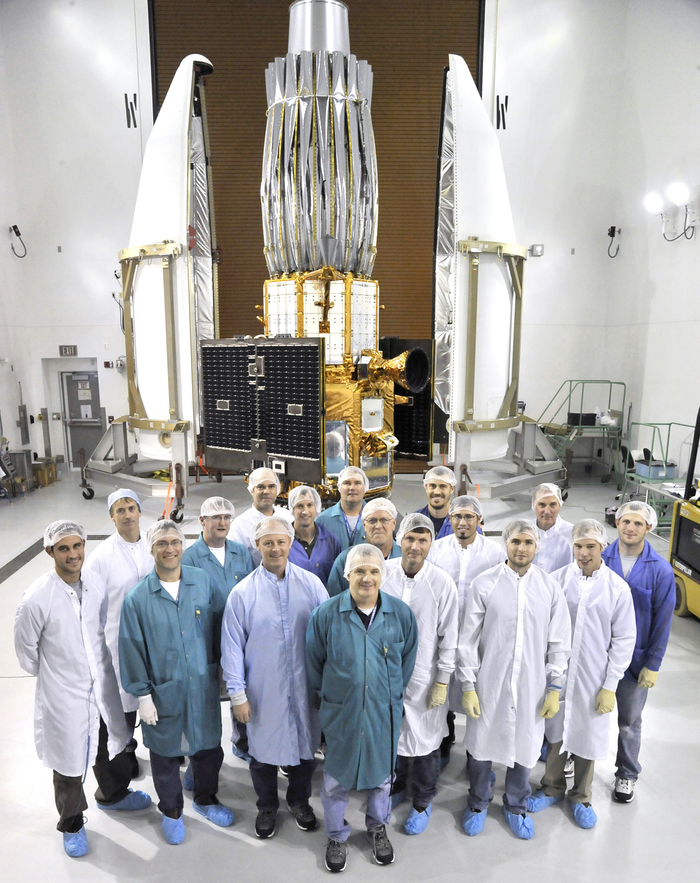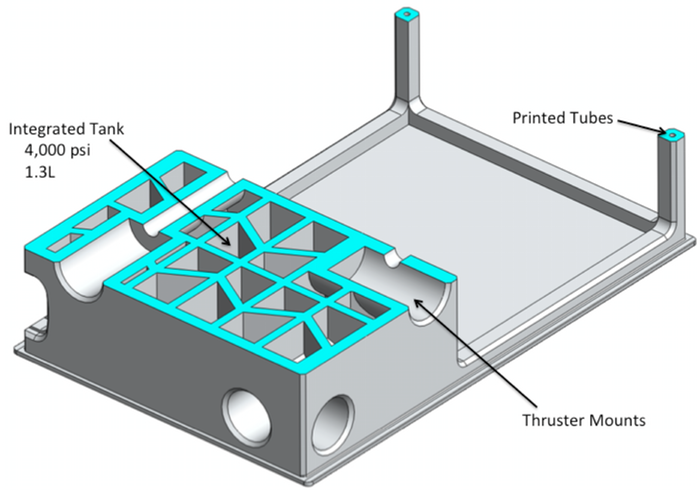
A project with the unlikely name of “PrintTheBus” hopes to develop a 3D printed spacecraft platform capable of traveling to the moon.
A team led by Nicholas Lamarre composed of engineers from several space-related companies is developing an open source design for a spacecraft “bus”. In spacecraft design, the bus is a kind of standard platform on which experiments can be deployed. The bus looks after functions common to all missions, such as power, propulsion and provides a frame on which all components can be mounted.

The concept was triggered by NASA’s CubeQuest Challenge, which dares inventors to build a small, inexpensive spacecraft capable of traveling to lunar orbit. The challenge involves several layers of short-listing and cash prizes for specific accomplishments – including achieving lunar orbit (USD$1,500,000).
This team is leveraging the advantages of 3D printing for spacecraft design. As we had seen NASA do previously, the team has been able to design the platform with far fewer components than would be required using conventional manufacturing. Since 3D printing permits creation of almost any geometric shape, they’ve been able to lower the number of components significantly. Fewer components means fewer blots, nuts, lugs for connectivity – and their weight, too.

A very interesting aspect of their design is the propellant tank, which is actually incorporated directly into the structure of the bus frame. To lose weight, 3D printed structures are often mostly hollow, containing an internal structure that is the minimum required to meet engineering strength characteristics. However, the team here realized these internal voids could be used as space for propellant. By adapting the design slightly, they were able to embed a 4,000psi propellant storage feature within the platform.
Up to now there really haven’t been many microsats sent beyond earth orbit, as the cost has been prohibitive. With this innovative design, future projects could become feasible if using this open source platform, as weight and size are optimized.
They’ve announced the project by means of a Kickstarter launch, which hopes to raise some USD$49,000 to complete the project. The use of these funds is specifically detailed in their campaign documentation, suggesting these folks know exactly what they’re doing.
It could be challenging to raise this money, however, as unlike many Kickstarter projects, there is no “product” heading to the donator. However, the project does offer the ability to participate in their space flight in various ways, ranging from having your name written on the spacecraft, to the ability to include your own experiment that would orbit our Moon.
Nevertheless, having a functioning open source design for this type of platform could be invaluable for future microsat developers, so it would be in their interest to pledge some money to this project.
Via Kickstarter

